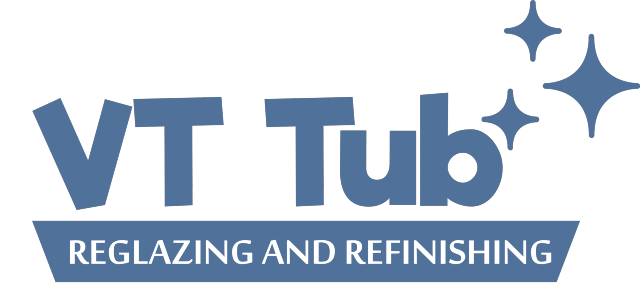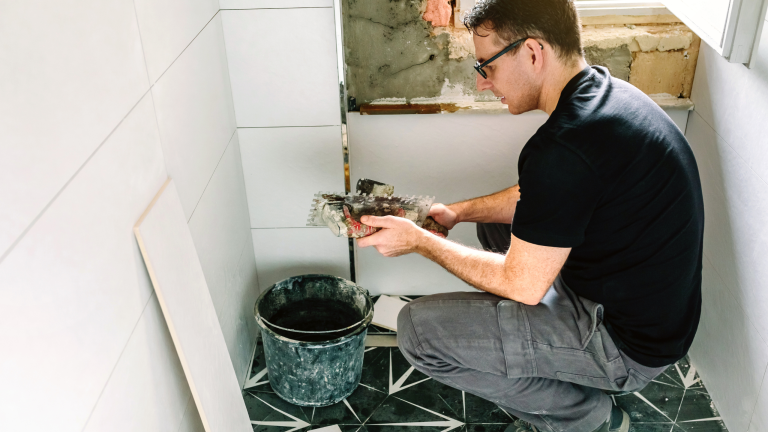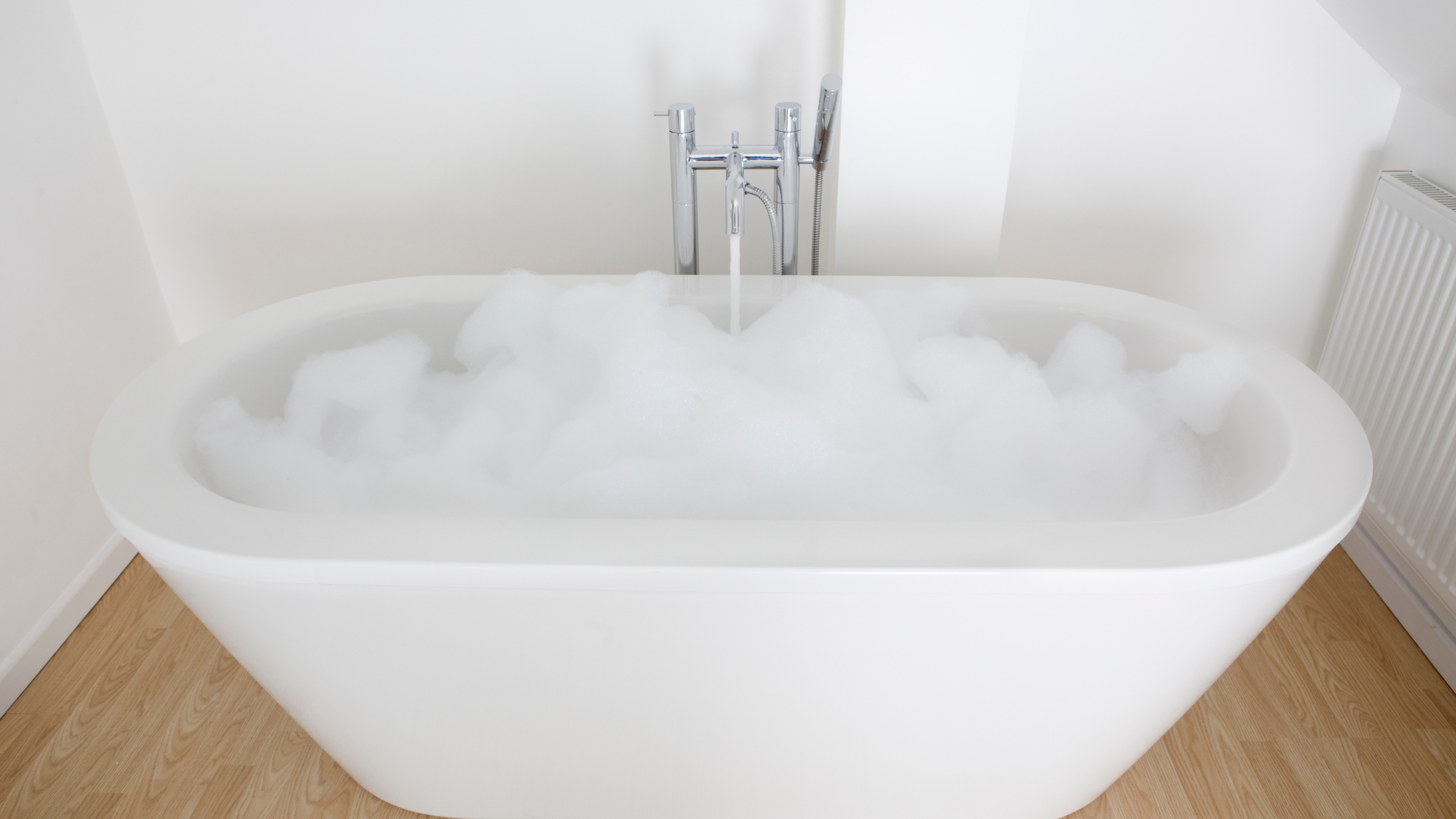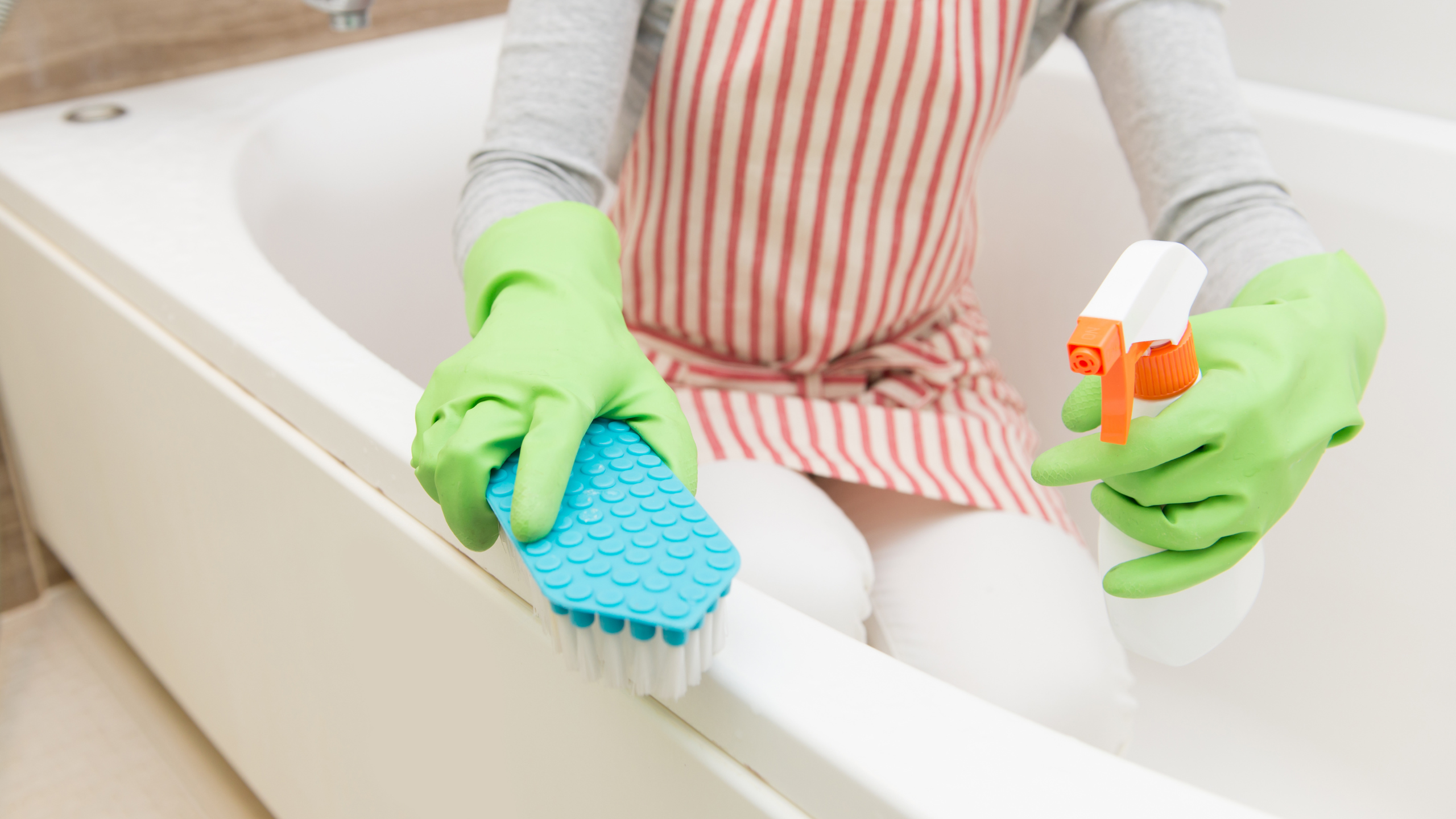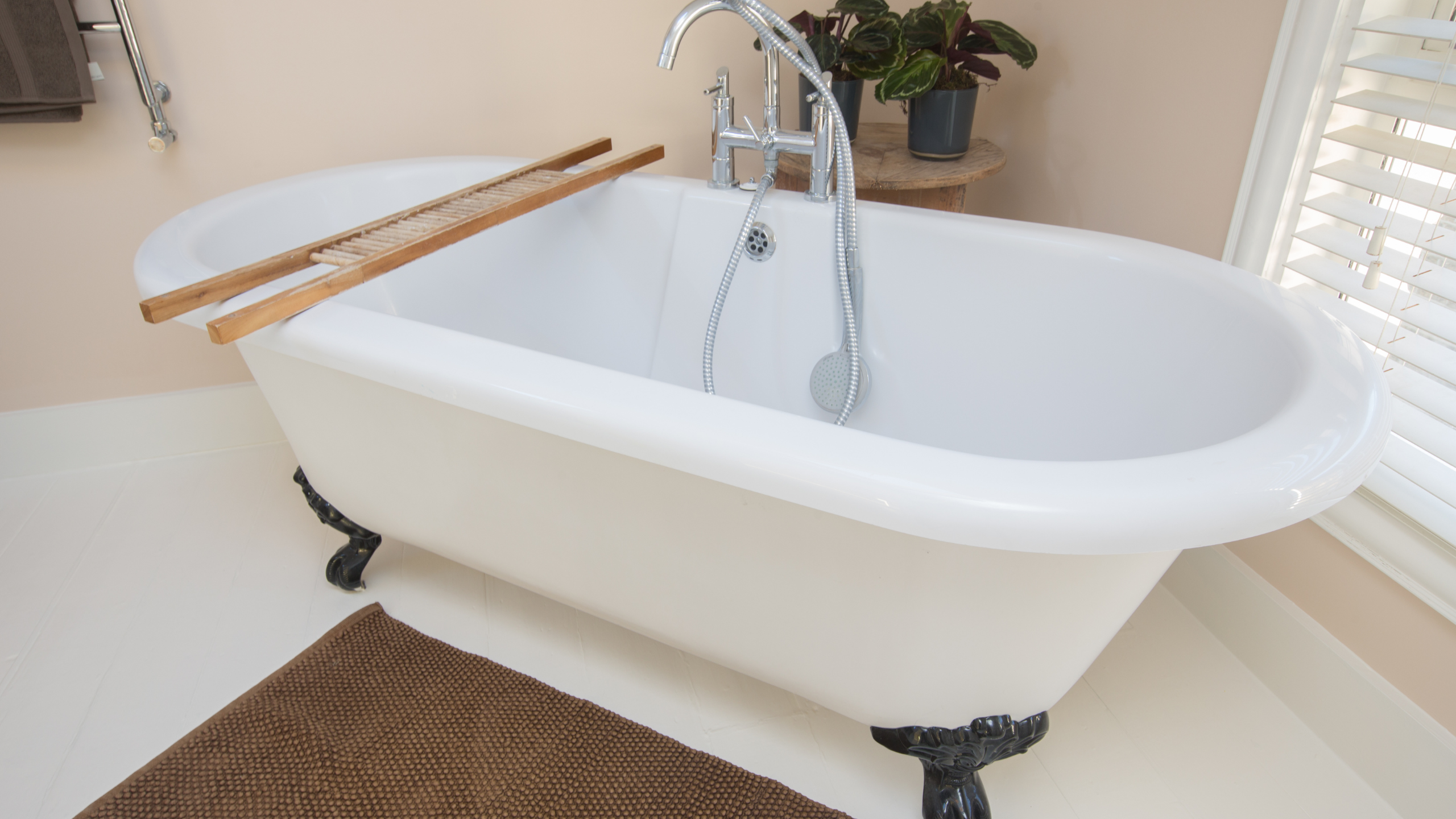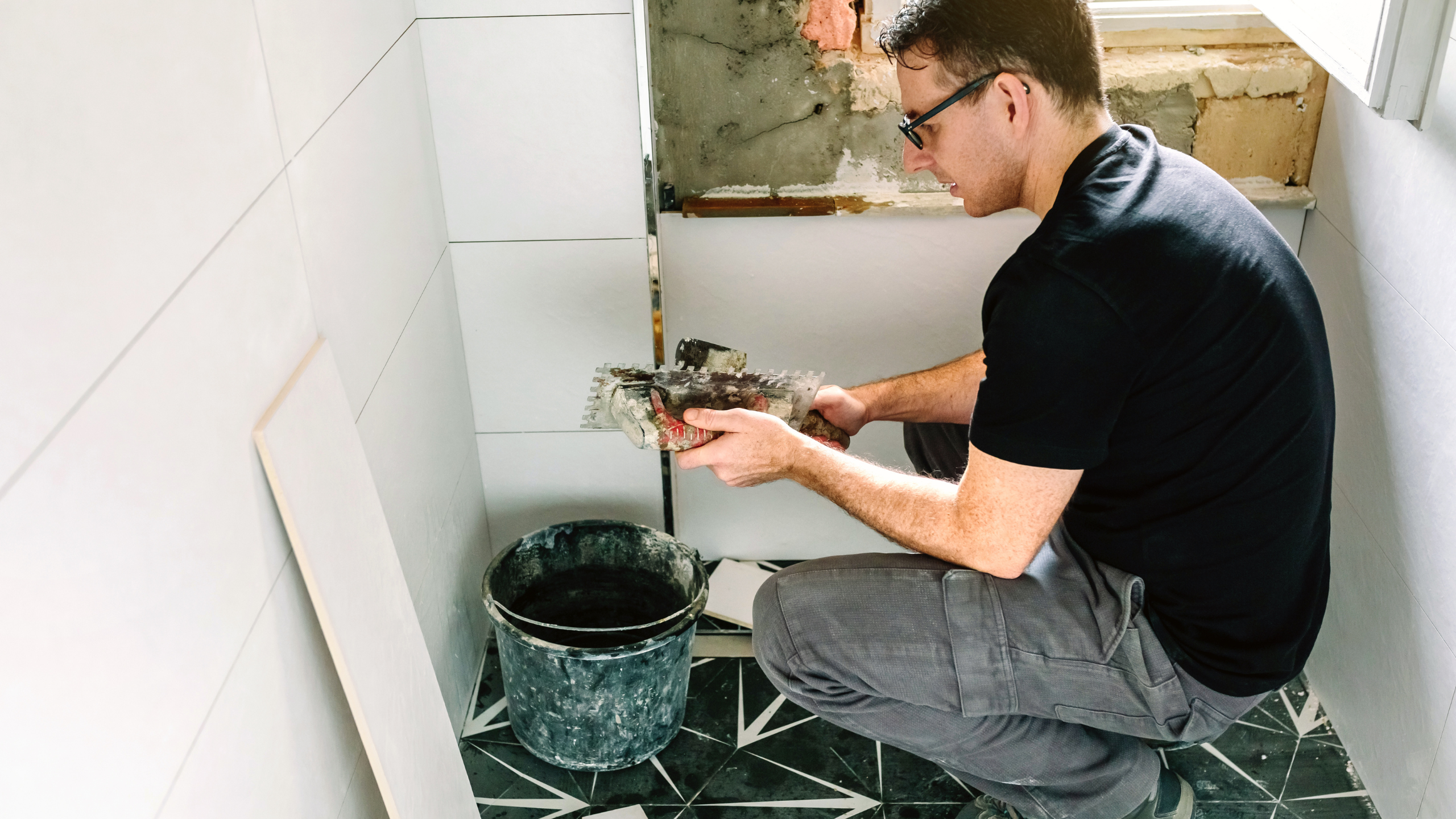Are you feeling drained after gazing at your worn-out bathtub, yearning for a rejuvenated look? You’re in good company. Many folks now use bathtub refinishing as a cost-effective substitute for full bathroom renovations. However, before diving into this venture, it’s crucial to understand the nuances of the associated expenses. This thorough guide will delve into the intricacies of bathtub refinishing costs in 2024, illuminating the factors that impact pricing. Whether you aim to revive a classic porcelain tub or spruce up a contemporary acrylic fixture, this guide covers you.
Ready to transform your bathtub into a pristine centerpiece? Look no further than VT Lakewood Bathtub Refinishing! Our experts have the know-how to revitalize any tub quickly and effectively. Reach out today to learn more about our services and schedule your appointment!
Bathtub Refinishing Cost Breakdown for 2024
In 2024, the average cost of refurbishing a bathtub is $300 to $600. However, this figure can fluctuate based on several pivotal factors:
1. Bathtub Material: The material of your tub—be it porcelain, fiberglass, acrylic, or cast iron—plays a significant role in determining the overall expense. Each material demands distinct treatment methods, impacting both labor and material costs.
2. Tub Size: Size matters; larger tubs generally command higher costs due to increased material and labor demands.
3. Tub Condition: The current state of your tub is crucial; extensive damage or stubborn stains may necessitate additional repairs, thus elevating the overall expenditure.
4. Refinishing Method: The chosen refinishing technique, whether conventional methods or innovative solutions like bathtub inlays, can also sway the final price tag.
Mindfully considering these variables is vital when mapping out your bathtub refinishing project for 2024.
Factors Influencing Bathtub Refinishing Costs
1. Material: The composition of your bathtub is a primary determinant of refinishing expenses. Each material requires specific refinishing techniques, whether porcelain, fiberglass, acrylic, or cast iron. For instance, prized for durability and lustrous finishes, porcelain tubs may require distinct preparation and coating processes compared to fiberglass tubs. Thus, material significantly influences costs due to differing expertise and resource requirements.
2. Size: The dimensions of your bathtub directly affect refinishing costs. Larger tubs consume more materials and labor during the refinishing process. Whether it’s a compact alcove tub or a grand freestanding soaking tub, size dictates the necessary materials and labor. Consequently, larger tubs often incur higher costs due to increased material usage and labor intensity.
3. Condition: The present state of your bathtub plays a pivotal role in determining refinishing costs. Minor flaws like surface scratches or small stains may only require minimal preparation, such as cleaning and sanding. Conversely, tubs with significant damage or stubborn stains may require repairs like chip filling, crack addressing, or structural fixes. The severity of the damage directly correlates with the overall expense, with more extensive repairs translating to higher costs.
4. Refinishing Method: The selected refinishing technique, whether traditional resurfacing or contemporary solutions like bathtub inlays, influences costs. Each method entails distinct labor and material requirements, impacting the final price accordingly.
Refinishing Methods and Their Cost Impact
1. Traditional Resurfacing: This approach involves sanding down the bathtub’s current surface, addressing any damages, and applying new coatings to revive its appearance. Typically, traditional resurfacing falls within the price range of $300 to $600, influenced by factors such as tub size, material, and condition.
2. Bathtub Inlays: Offering a wallet-friendly alternative to traditional resurfacing, bathtub inlays entail installing a robust laminate or acrylic panel over the existing bathtub surface to mask imperfections. Generally, bathtub inlays range from $200 to $400, making them appealing for economical revitalization.
Conclusion:
Understanding the intricacies of bathtub refinishing costs is crucial for effective budget planning. By meticulously evaluating factors such as material, size, condition, and the preferred refinishing method, you can clarify the expected expenses of your renovation project. Whether you opt for traditional resurfacing or contemporary options like bathtub inlays, choices are tailored to suit every budget. With well-informed decisions, you can revitalize your bathtub without putting undue strain on your finances.
